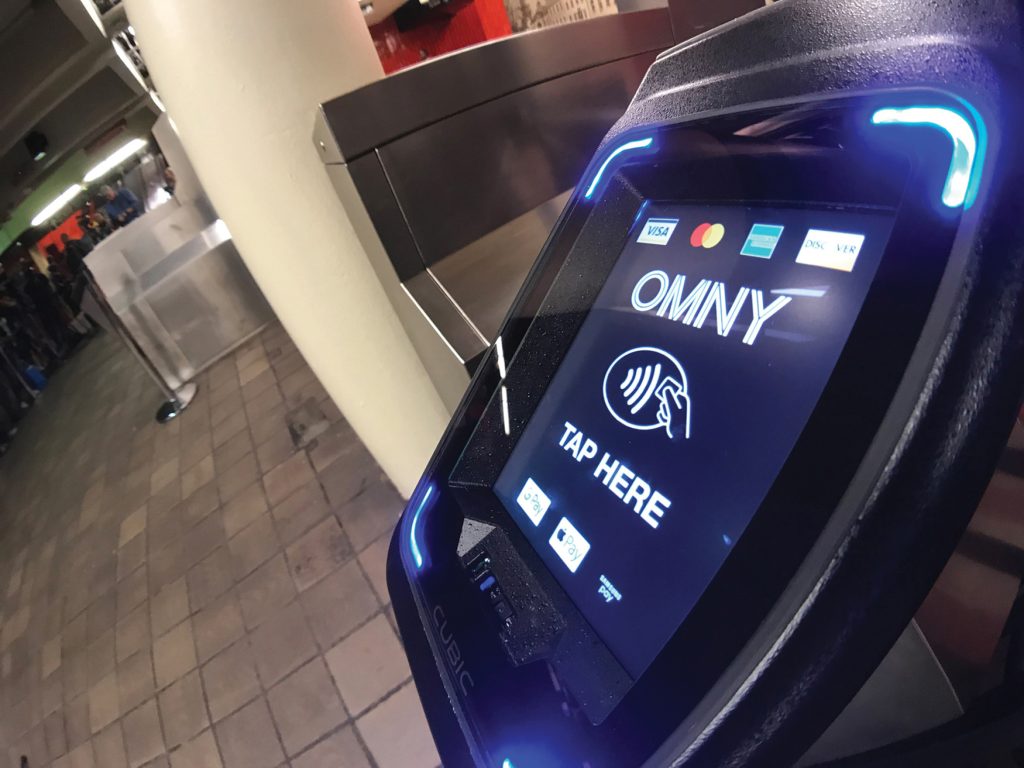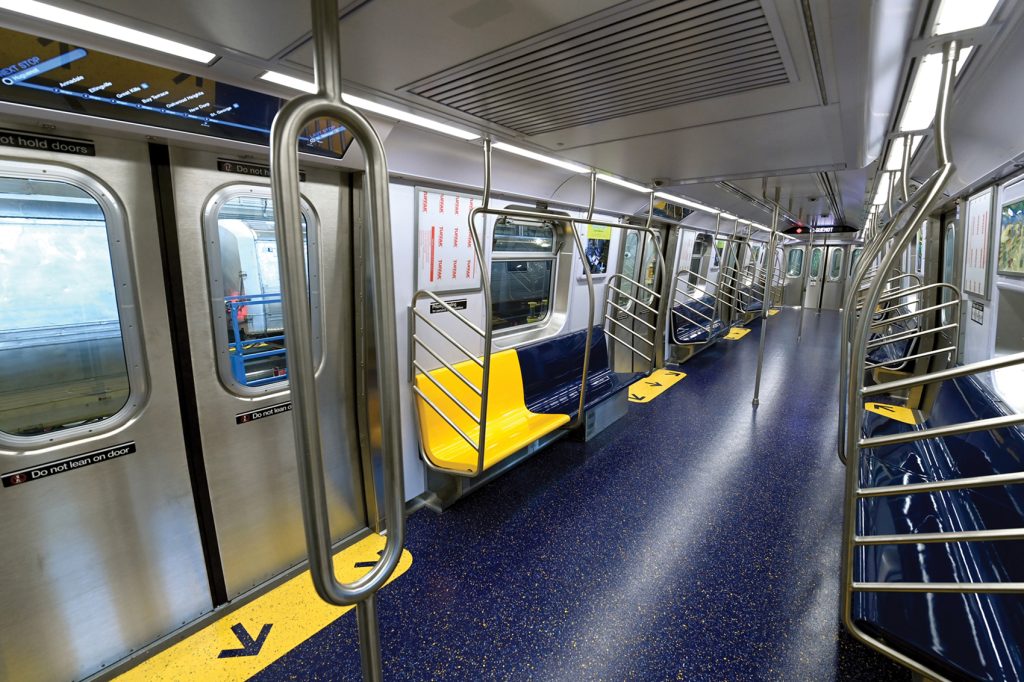New York City Transit “Taps” Into Future With OMNY, R211 Subway Cars
By Metropolitan Transportation Authority | 7/4/2025
METROPOLITAN TRANSPORTATION AUTHORITY
New York, NY

MTA New York City Transit (NYCT)—one of the oldest public transit systems in the United States—has embraced a new era of underground technology designed to improve the commutes of roughly 3.6 million daily subway riders, from the way they enter the system to the train ride itself.
A New Way to Ride the Subway
The MTA is transitioning from swiping magnetic strip fare cards to tapping using an RFID-based contactless fare payment system. This cost-saving shift makes it easier for riders to access the system and allows for the creation of a rewards system for frequent users. The technology is a hit, as more than 85 percent of passengers currently pay their subway fare with digital wallets, contactless debit and credit cards, and cards provided by the MTA. That number is expected to rise now that all reduced-fare customers and New York City public school students have received cards from the MTA.
Previously, riders had to go to a subway station to check their balance or add funds. The OMNY smartphone app makes it easy for customers to manage their account, and even chat with customer service agents, streamlining the process and reducing call center wait times.
R211: The Future Is Now
The MTA is introducing state-of-the-art R211 cars that have been receiving glowing reviews from riders, who love the additional accessible seating, digital displays, bright lights, and clear audio announcements. Each car also has security cameras and feature door openings that are eight inches wider than the standard, speeding up boarding and reducing the amount of time trains sit in stations.

The trains have been placed into service on the A, C, and G lines, as well as the Staten Island Railway, with plans to add them to other lines soon.
Building on Progress
With the recent approval of the $68.4 billion 2025-2029 Capital Plan by the New York State Legislature, the MTA can complete critical infrastructure upgrades including new rolling stock, signal upgrades, and dozens of station accessibility projects, among other initiatives.
With a focus on innovation and customer satisfaction, these projects will make the transit system a more welcoming environment for New Yorkers and visitors alike for decades to come.